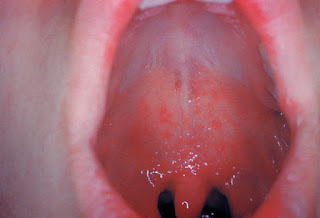What is The Marburg Virus and How Dangerous is it
Marburg virus is a highly virulent, hemorrhagic fever-causing virus belonging to the Filoviridae family, which also includes the Ebola virus. Marburg virus was first identified in 1967, when outbreaks occurred simultaneously in Marburg and Frankfurt, Germany, and in Belgrade, Yugoslavia, among laboratory workers who had come into contact with infected African green monkeys imported from Uganda.
Transmission and Pathogenesis:
The natural reservoir of Marburg virus is believed to be
fruit bats of the Pteropodidae family, which are found in parts of Africa.
Human infections occur through direct or indirect contact with infected bats,
primates, or other infected humans. Once the virus enters the body, it
replicates in the mononuclear phagocytic system, including macrophages and
dendritic cells. The virus then spreads throughout the body via the
bloodstream, causing damage to multiple organs, including the liver, spleen,
and lymph nodes.
Clinical Manifestations:
Marburg virus infection presents with flu-like symptoms,
such as fever, headache, myalgia, and malaise, which may progress to severe
hemorrhagic fever with bleeding from mucosal surfaces and internal organs.
Other symptoms include abdominal pain, vomiting, diarrhea, and a rash. The case
fatality rate can be as high as 88%, and survivors may experience long-term
sequelae, such as arthritis, orchitis, and recurrent uveitis.
Diagnosis:
Marburg virus infection can be diagnosed through laboratory
testing of blood or tissue samples, using techniques such as real-time reverse
transcription-polymerase chain reaction (RT-PCR), virus isolation, and
serology.
Treatment and Prevention:
There is no specific treatment for Marburg virus infection.
Supportive care, such as fluid and electrolyte replacement, management of
bleeding and shock, and treatment of complications, is the mainstay of therapy.
Experimental treatments, such as monoclonal antibodies and antiviral drugs, are
being developed but have not yet been proven effective in human trials.
Prevention of Marburg virus infection relies on measures
such as avoiding contact with infected animals, using personal protective
equipment, and implementing infection control practices in healthcare settings.
A vaccine for Marburg virus is under development, but it has not yet been
approved for use.
Conclusion:
Marburg virus is a highly virulent, hemorrhagic
fever-causing virus that poses a significant threat to public health. Although
outbreaks are rare, they can have devastating consequences. Early recognition
of the clinical manifestations, prompt isolation of infected individuals, and
implementation of infection control measures are crucial to containing the
spread of the virus. Development of effective treatments and preventive
measures, including a vaccine, remains a priority in the fight against Marburg
virus.



Comments
Post a Comment